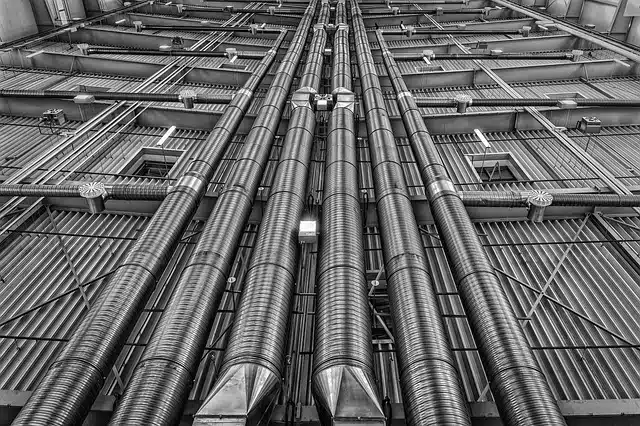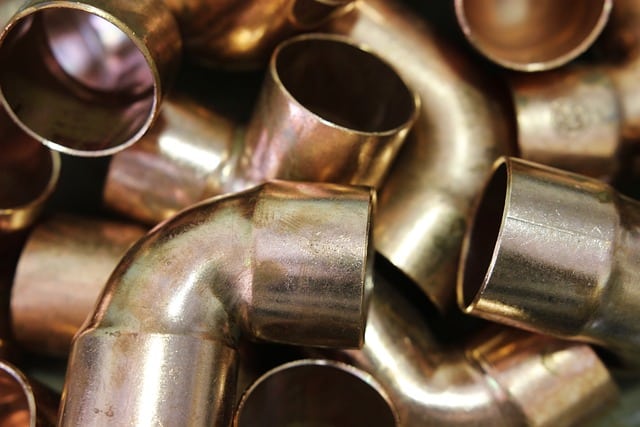
Pipes can transport different products, from drinking water to air for ventilation.
A pipeline is a system that is developed with tubes through which gas, water and other substances can circulate. A tube , meanwhile, is a hollow cylinder that is usually used for the transportation or storage of fluids.
Pipe
Returning to the idea of pipe, the concept can be used as a synonym for pipe . A pipe or pipe, in this way, is a conduit that is made with tubes or pipes. It is important to make a distinction regarding the relationship between these two concepts: a pipe is, in itself, a set of tubes that connect together to make a more complex conduit.
Pipes can acquire specific names depending on what they transport. If the pipeline transports gas, it is usually called a gas pipeline or gas pipeline . When what is transported is oil, it is referred to as an oil pipeline , while if it is water, an allusion is made to an aqueduct .
Depending on their function, pipes can be built with different materials . There are lead pipes , copper pipes , steel pipes , iron pipes , and PVC pipes , among many others.
The choice of material depends on technical issues, since the pipe must be suitable for its contents . The economic issue, however, also plays a role.
water pipes
For drinking water to reach each home, for example, it is essential that a network of pipes be installed. These pipes carry water from the source in question to the water treatment plant and then to each house.
At a general level, the drinking water supply system begins with the collection of water, continues with its raw storage and then with its treatment . The next step is the storage of the already treated water and finally its distribution through the pipe network.
Returning to the topic of materials, in the case of water transportation the following are usually used: copper, polypropylene, steel, PVC , ductile iron and GRP . On the other hand, we must mention fiber cement, a material that was used very frequently until around 1970. However, since at that time researchers confirmed that the asbestos used to make it was highly carcinogenic , its popularity declined considerably, although It was not completely removed from the market.
Beyond drinking water, pipes of this element can have other purposes, also fundamental for modern life. For example, supplying fire protection systems, which are divided into different types of hydrants , intakes specifically designed to offer a large flow of water to put out the fire, with the help of the city's own network or a pump that propels water from a tank connected to them.
Pipe maintenance
Given everything discussed so far, it is clear that our daily lives could not be sustained without pipes, at least without water pipes since many families do without natural gas in favor of electricity. In any case, the care of these facilities is very important , since in the event of a considerable breakdown, very invasive repair work may become necessary.

Copper is one of the materials used for water pipes.
There is a wide range of products for the installation, maintenance and repair of different pipes, and in this area it is never advisable to pursue maximum economic savings, but rather to prioritize quality. Water pipes, for example, should be kept free of blockages, taking care of the waste we let pass through the drains and using solutions to unclog them with some frequency.
Since pipes can be linked to our health , we should make sure to use the most favorable materials for our body. And this does not only end in water contamination, for example, but also in potential leaks that can cause humidity in the walls, one of the biggest enemies of the respiratory system.
